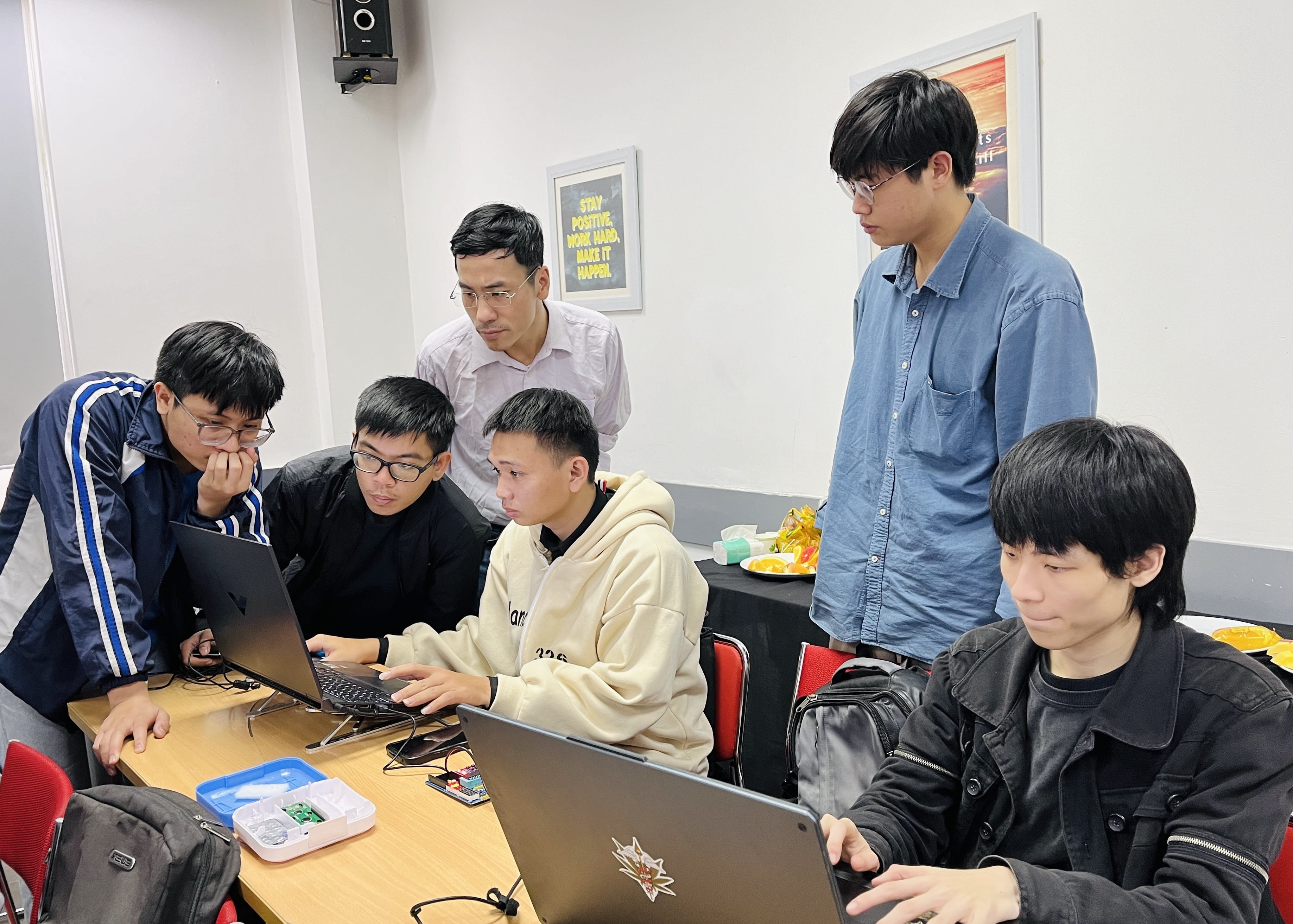Education Reshapes Semiconductor Industry Development
•
27/07/2024
As more countries focus on developing the lucrative semiconductor industry, policymakers and businesses in nations such as the United States, Taiwan, and South Korea are increasingly relying on education to address the talent shortage.
The semiconductor industry faces a workforce shortage crisis
Semiconductors and tiny chips embedded in smartphones, laptops, wireless routers, and cars have significantly shaped the modern world, arguably more than any other technology. Consequently, countries that produce these critical components hold a substantial strategic advantage. According to forecasts from Fortune Business Insights, the global semiconductor industry is projected to reach a value of 2 trillion USD by 2032.
To excel in chip manufacturing, companies must not only produce large quantities or offer the lowest prices but also advance the most sophisticated technology. Today, the industry is racing to create increasingly smaller chips that operate faster and consume less energy. However, a significant challenge impeding this progress is the shortage of skilled talent.

Countries that produce these critical components hold a substantial strategic advantage. (Photo: Quan Bao)
The US Semiconductor Industry Association (SIA) projects that the workforce in the country’s chip industry will grow by 33% by 2030, adding nearly 115,000 new jobs. However, approximately 67,000 of these positions may remain unfilled. According to the Center for Economic Policy Research (CEPR), it could take about 16 years to close this gap at current graduation rates. This talent shortage poses a significant threat to industry growth and the US's goal of achieving semiconductor self-sufficiency.
This issue is a global challenge. According to Deloitte, Taiwan and South Korea are facing shortages of over 30,000 employees in the semiconductor industry. The gap is partly due to new graduates not keeping pace with job opportunities, leading to increased demand for talent in these countries.
How can semiconductor economies strengthen their position?
Globally, governments and industries are increasingly recognizing the crucial role of universities in training and supplying semiconductor talent. By doing so, they aim to outperform competitors, boost economic growth, and enhance their standing in the international arena.
In the United States, the government announced the Science and Chips Act in 2022, investing 50 billion USD to bolster the semiconductor infrastructure, including significant funding for research and development, as well as training. This initiative aims to elevate the role of higher education within the industry.
In Taiwan, which produces over 60% of the world's semiconductors, the government has implemented various measures since 2021 to fortify its future talent pipeline. This includes partnering with leading universities to establish 13 new semiconductor training institutes.
Taiwan's success in semiconductor manufacturing is mainly due to the strong collaboration between business, education, and government, a model only some countries in the region have managed to achieve.
The Taiwanese government encourages investment in Southeast Asia to further expand its semiconductor capacity, targeting countries such as Vietnam, Indonesia, and the Philippines. The government has launched a talent program that sponsors students from these countries to study in Taiwan, covering airfare, tuition, and living expenses. Graduates of the program are guaranteed employment within two years.

Several chip models developed by Vietnamese enterprises (Photo: Van Toan - Thi Uyen)
Recognizing Vietnam's potential in the semiconductor sector, the Prime Minister has tasked the Ministry of Planning and Investment with leading the development of a Human Resources Development Project for the semiconductor industry through 2030, with a vision extending to 2045. The project aims to train 50,000 engineers by 2030 to support the semiconductor industry's entire value chain. This includes approximately 15,000 engineers specializing in IC design and 35,000 focused on manufacturing, packaging, testing, and other related fields.

Students experience IC design (Photo: FPT Jetking)
According to Mr. Nguyen Phuc Vinh, a member of the HSIA Executive Committee, the opportunities for the current generation of Vietnamese engineers in the microchip industry are significantly greater than those available to the first generation in the 2000s. Today's engineers benefit from more accessible professional knowledge, design skills, and technology, thanks to guidance from experienced experts. Typically, newly graduated engineers require six months to 1 year of practical experience in industrial design and production processes. However, the trend is shifting toward further shortening this training period within companies.
To address the growing demand for human resources in the semiconductor industry, several educational institutions and universities, including Hanoi University of Science and Technology, Vietnam National University - Hanoi (VNU-HN), VNU-HCM, and University of Science and Technology of Hanoi introduce IC training programs in 2024. Among these, the FPT Education Organization stands out as one of the few providing training across all levels—university, college, and associate degrees—offering both short-term and long-term programs. These programs prepare graduates for semiconductor industry roles, such as designing, simulating, and verifying digital and analog circuits. FPT Corporation aims to contribute significantly to addressing the global semiconductor talent shortage "with a target to develop 10,000 semiconductor professionals by 2030, with plans to scale this number to 20,000 - 30,000 annually".




